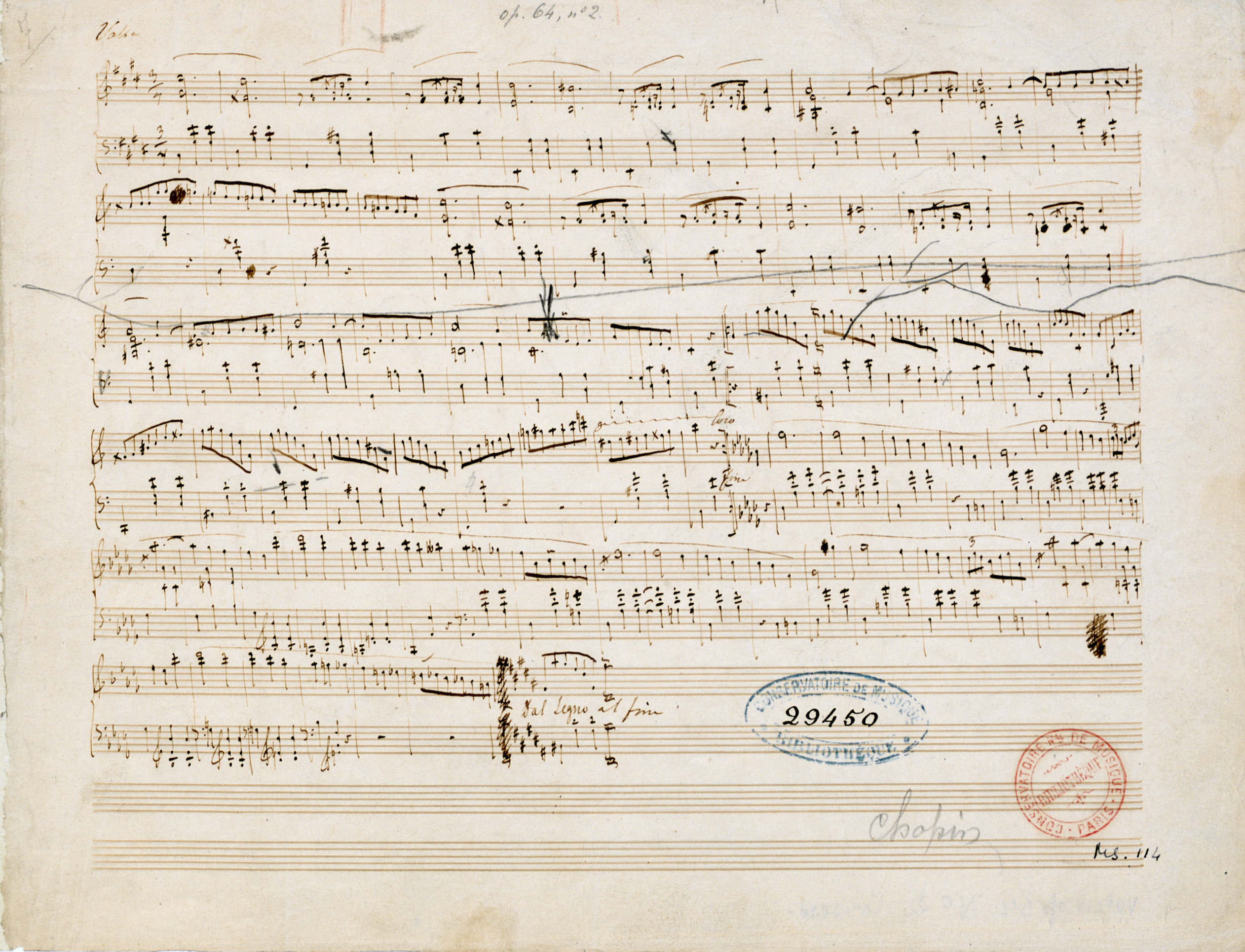



In the previous autographs, the melodic note has a longer rhythmic value, not including the touches in the L.H. Actually, it is difficult to determine the value of the note in As, since it cannot be excluded that Chopin changed the notation of this notehead (minim-crotchet), whereas the missing rests may mean that it was a dotted minim that was the indented value, as it is AI. In our transcription, we assume that it is a minim, which corresponds to the literal interpretation.
The analysis of the changes in the melodic line in this section, starting from its earliest version, reveals an evolution of the concept of phrasing, which was most probably the reason this note was shortened in A (→FE→GE,EE). The reconstruction of the earlier version of As, including the notes that were later removed by Chopin, leads to the following conclusion – it is two four-bar phrases that were the starting point, the second of which was a sequential repetition of the first one. It was closed by an eight-bar phrase, developing the same initial idea (the reconstruction presented below is hypothetical to a certain extent – interpretation of the crossed-out notes is problematic):



It is the continuity of the melodic line that draws attention – in spite of the clearly shaped progression, the divisions between the phrases are actually imperceptible. Four-bar thinking, although they were already less regular, was preserved both in the "final" version of As and in the notation of AI. In the latter, it is proven by, among others, slurs, which never go beyond the last bar of a four- or eight-bar section (bars 68, 72, 80, 84, 88).
In the version prepared for print, the four-bar scheme survived only in the part of the L.H., combining the dance rhythm with a harmonic filling in a typical way. In turn, the phrases of the melodic line oscillate around the starting, four-bar scheme – the first is slightly longer, the second shorter – which, together with breaths, clearly marked with rests and moved slurs, creates an impression of improvised freedom, driven purely by unrestrained expression.
Compare the passage in the sources »
category imprint: Differences between sources; Corrections & alterations
notation: Rhythm




